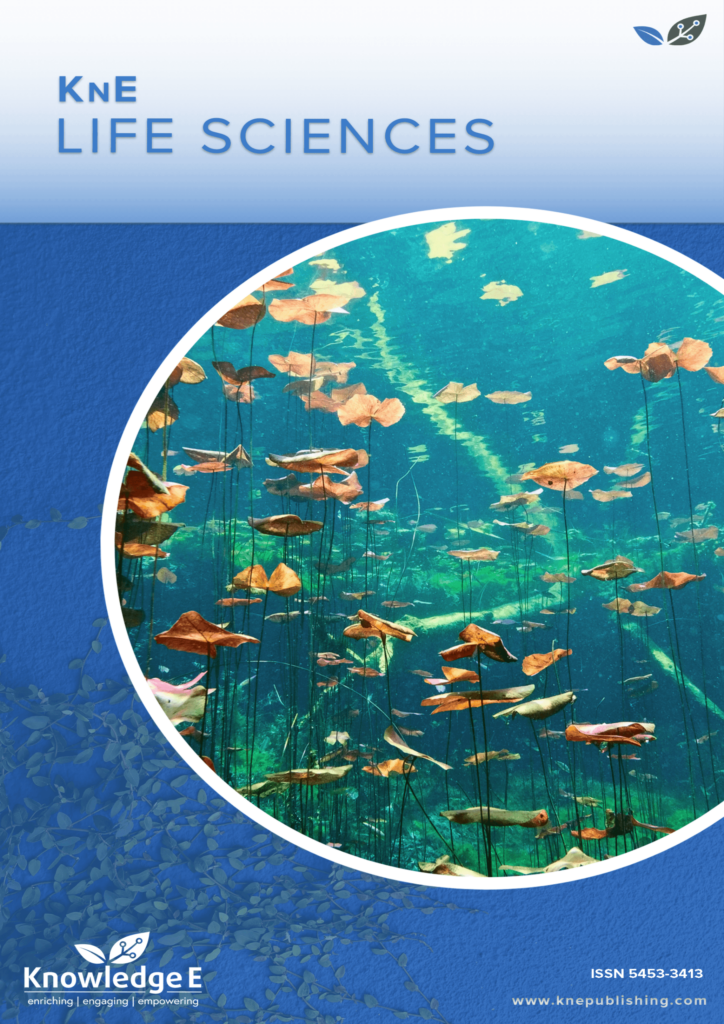
KnE Life Sciences
ISSN: 2413-0877
The latest conference proceedings on life sciences, medicine and pharmacology.
Hematology Analysis of Lead Exposure on Painting Workers (Case Study: Informal Automobile Painting Industries in Karasak, Bandung)
Published date:Jun 19 2018
Journal Title: KnE Life Sciences
Issue title: International Conference of Occupational Health and Safety (ICOHS 2017)
Pages:674–686
Authors:
Abstract:
Lead is used as pigments in paint. Spray painting has been widely used in various industries, such as automobile painting. Exposure to dust and fumes containing lead compound needs a great concern of environmentalist who evaluates community in variety of occupational and environmental settings. This cross-sectional research analyzed lead exposure and hematologic aspect of informal automobile painting workers in Karasak, Bandung, Indonesia. Hematologic analytic used were Blood Lead Level (PbB), hemoglobin (Hb), hematocrite (Ht), erythrocyte count and basophilic stippling. The number of subjects was 30 male workers with particular criteria and 10 controls were used. Inhaled lead was analyzed by personal sampler and flame
AAS, using NIOSH method 7082 issue 2 (1994). Blood lead level was analyzed by flame AAS based on NIOSH method 8003 issue 2 (1994). The measurement showed that painting had contributed in lead exposure to the workers. The average values were 1.241 μg/m3 for lead exposure and 0.0026 μg/hour/kg BW for lead intake. PbB analysis gave result between 3.05 and 17.26 μg/100 ml blood. The result of Hb, Ht and erythrocyte count, respectively, were 11.4–16.2 g/dl, 34–51 percent and 3.89–5.77 x 106/mm. No basophilic stippling was found in peripheral blood slide. Subjects with low Hb, Ht, and erythrocyte count showed that lead in the occupational setting associated with hematology disorder, but not to acute toxicity, as there was no basophilic stippling detected.
Keywords: hematology, painting, lead, Blood Lead Level (PbB)
References:
[1] World Health Organization. (2011). Brief Guide to Analytical Methods for Measuring Lead in Blood. Geneva: WHO.
[2] Barbosa, F. A. (2005). Critical review of biomarkers used for monitoring human exposure to lead: Advantages, limitations, and future needs. Environmental Health Perspectives, vol. 113, pp. 1669–1674.
[3] Departemen Kesehatan RI. (2001). Kerangka acuan Uji Petik Standar Tiimbal (Pb) pada specimen darah Terhadap Kelompok Masyarakat Berisiko Tinggi Pencemaran Timbal. Jakarta: Ditjen PPM & PL Depkes RI.
[4] Nordberg, G. (1998). Metal: Chemical properties and toxicity, in Stellman JM (ed.) Encyclopedia of Occupational Health and Safety (4th edition). Geneva: ILO.
[5] Needleman, H. (2004). Lead poisoning. Annual Revision Medical, vol. 55, pp. 209–222.
[6] Ardyanto, D. (2005). Deteksi Pencemaran Timah Hitam dalam Darah Masyarakat yang Terpajan Timbal (Plumbum). Jurnal Kesehatan Lingkungan, vol. 2, no. 68, pp. 67–76.
[7] Williams, P. L. and Burson, J. L. (1985). Industrial Toxicology: Safety and Health Applications in the Workplace. New York, NY: Van Nostrad Reinhold.
[8] Patrick, L. N. (2006). Lead toxicity: A review of the literature. Thorne Research, vol. 11, no. 1, pp. 167–173.
[9] Richard, S. A., Phillips, J. D., and Kushner, J. P. (2006). Biosynthesis of heme in mammals. Biochemistry and Biophysics Actual, vol. 17, no. 63, pp. 723–736.
[10] Meyer, P. A., Brown, M. J., and Falk, H. (2008). Global approach to reducing lead exposure and poisoning. Mutation Research, vol. 659, pp. 166–175.
[11] Hammond, S., Ellen, G., and Robin, F. (2005). Respiratory health effect related to occupational spray painting and welding. Journal of Occupational & Environmental Medicine, vol. 47, no. 7, pp. 728–739.
[12] Palar, H. (2008). Pencemaran dan Toksikologi Logam Berat. Jakarta: Rineka Cipta.
[13] Ng, R. and Beedham, H. (2011). Lead poisoning in China. Lead Action News, vol. 3, no. 3, pp. 1–6.
[14] Lin, G. Z., Peng, R. F., Chen, Q., et al. (2009). Lead in housing paints: An exposure source still not taken seriously for children lead poisoning in China. Environmental Research, vol. 109, pp. 1–5.
[15] Rizkiani, A. (2004). Studi Pajanan Timbal (Pb) pada Pekerja Pengecatan Mobil [unpublished final assignment]. Bandung: Bandung Institute of Technology;.
[16] U.S. Department of Health, Education and Welfare. (1994). NIOSH Manual of Analytical Methods (NMAM) (4th edition). Lead by Flame AAS. Method 7082 issue 2. Washington, D.C: U.S. Department of Health, Education and Welfare, Publ. (NIOSH).
[17] Kettrup, A. and Henschler, D. (1991). Deutsche Forschungsgemainschaft: Analyses of Hazardous Substances in Air. (vol. 1) Verlagsgesellschaft mbH. Weinheim: Federal Republic of Germany.
[18] U.S. Department of Health, Education and Welfare. (1994). NIOSH Manual of Analytical Methods (NMAM) (4th edition). Lead in Blood and Urin. Method 8003 issue 2. Washington, D.C: U.S. Department of Health, Education and Welfare, Publ. (NIOSH).
[19] Budiono, I. (2007). Faktor Risiko Gangguan Fungsi Paru pada Pekerja Pengecatan mobil (studi pada Bengkel Pengecatan Mobil di Kota Semarang) [unpublished thesis]. Semarang: Universitas Diponegoro.
[20] Harrison, R. M. and Laxen, D. P. H. (1984). Lead Pollution: Causes and Control. New York, NY: Chapman and Hall.